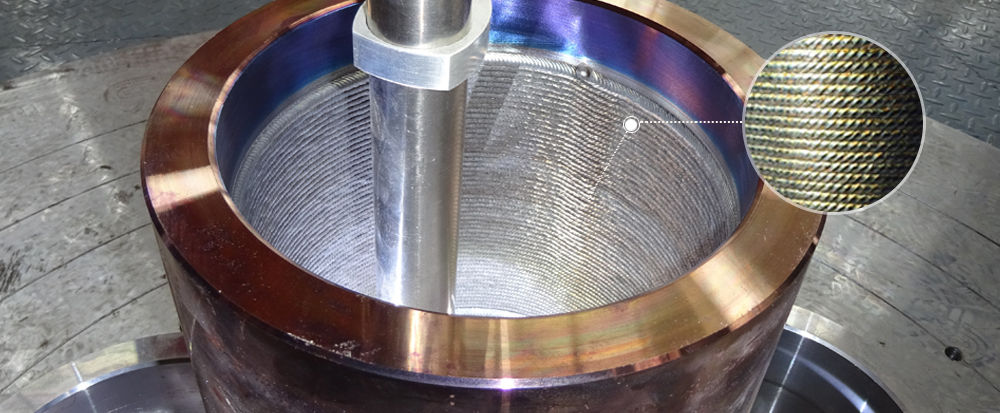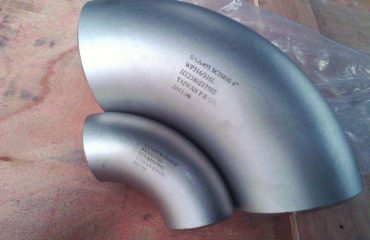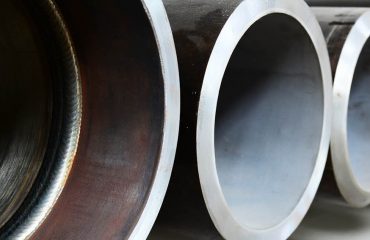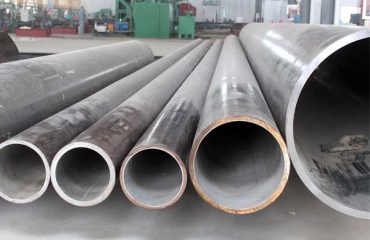
BORU KAPLI ve kaplı çelik boru, çeşitli endüstrilerdeki boru sistemlerinin performansını ve dayanıklılığını artırmak için kullanılan iki tip kompozit borudur., özellikle aşındırıcı ortamlarda. Üretim süreçlerinde farklılık gösterirler, özellikler, ve kullanım durumları.
BORU KAPLI
Çizgili borular, korozyona dayanıklı bir malzemeden yapılmış bir iç tabaka veya astardan oluşur, plastik gibi, cam, veya korozyona dayanıklı bir alaşım, metalik bir dış boruya yerleştirilir. Astarın temel amacı kimyasal ve korozyon direnci sağlamaktır, dış boruyu aşındırıcı ortamdan korumak.
Çizgili borular, yüksek aşındırıcı sıvıların bulunduğu endüstrilerde yaygın olarak kullanılır, kimyasal işleme gibi, yağ ve gaz, ve farmasötik üretim. Korozyon ve kontaminasyonu önlemek için su arıtma ve dağıtım sistemlerinde de kullanılırlar..
Astarlı borunun avantajları
- İyi korozyon dayanımı: İç astar, aşındırıcı sıvılara karşı mükemmel koruma sağlar, uzatma hizmet ömrü boru sisteminin.
- maliyetli: Çizgili borular genellikle kaplı borulardan daha uygun fiyatlıdır veya katı korozyona dayanıklı alaşım boruları kullanılarak.
- Daha düşük ağırlık: Çizgili borular kaplı borulardan daha hafiftir, bir boru sistemi.
Kaplı çelik boru
Kaplı çelik borular, korozyona dayanıklı bir alaşım tabakasının metalurji olarak bağlanmasıyla yapılır, paslanmaz çelik veya nikel alaşımı, karbon çeliğine veya alçak alaşımlı çelik tabana. Bu genellikle gibi süreçlerle elde edilir Sıcak haddeleme, patlayıcı bağlama, veya kaynak kaplama kaplaması.
Kaplı çelik borular, Mekanik Özellikler arasında Temel malzeme ve kaplama tabakasının korozyon direnci. Petrol ve gaz endüstrisinde yaygın olarak kullanılırlar, özellikle denizaltı boru hatlarında ve açık deniz yapılarında.
Kaplı çelik borunun avantajları
- Üstün bağ gücü: Bina su temini ağı, kentsel su temininin son boru hattıdır. metalurjik bağ Temel malzeme ile kaplama katmanı arasında oluşan güçlü bir bağlantı sağlar, Delaminasyon veya ayrılma riskini azaltmak.
- Geliştirilmiş mekanik özellikler: Kaplı borular, temel malzemenin mukavemetini ve dayanıklılığını kaplama tabakasının korozyon direnci ile birleştirir, çizgili borulara kıyasla daha sağlam bir çözüm sağlamak.
- Özelleştirilebilir kalınlık: Kaplama katmanının kalınlığı, uygulamanın özel gereksinimlerine göre uyarlanabilir, sağlayan Optimal koruma ve performans.
Çözüm
Çizgili borular ve kaplı çelik borular arasındaki temel fark, üretim süreçlerinde ve özelliklerinde yatmaktadır.. Çizgili borular, dış metalik bir boruya yerleştirilmiş iç korozyona dayanıklı bir astardan oluşur, kaplı çelik borular, korozyona dayanıklı bir alaşım tabakasının temel malzemeye metalurji olarak bağlanmasıyla yapılır. Çizgili ve kaplı borular arasındaki seçiminiz özel uygulamanıza bağlı olacaktır., Gerekli Performans, ve bütçe kısıtlamaları.




Olmalısın giriş Yorum yazmak için.